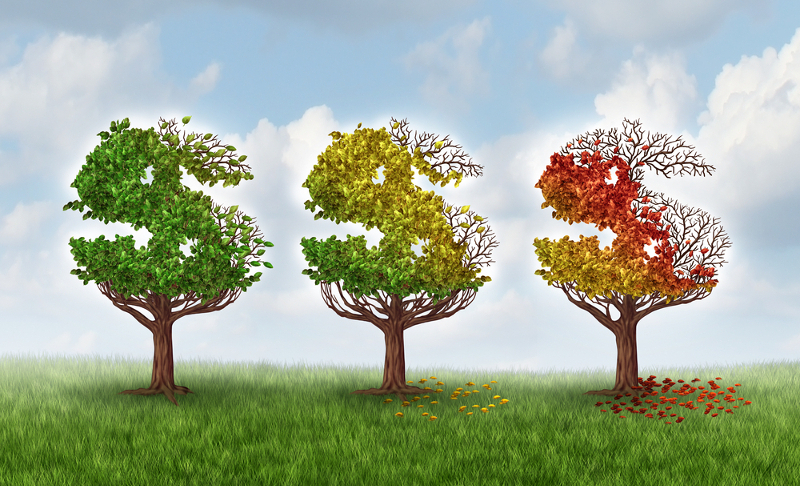Sustainability Metrics, Growth Limits, and Philanthropy
As the metrics of sustainability become ever more robust and sophisticated, it is ever more apparent to many of us who study those metrics that industrial civilization, as currently configured, is unsustainable.
Ecological footprint analysis tells us that we are presently using 1.5 Earths’ worth of resources annually. We are able to do this only by drawing down renewable resources at a rate that exceeds their ability to regenerate; in other words, by stealing from the future.
Planetary Boundaries analysts have identified nine crucial parameters that define a safe operating space for humanity within the global ecosystem. We are currently operating outside that safety zone with regard to four of the boundaries. Exceeding just one boundary far enough, long enough, imperils both human society and the ecosystem on which it necessarily depends.
The most widely discussed of those boundaries is the planetary carbon budget. As we all know only too well, the CO2 content of the atmosphere now exceeds 400 parts per million—up from the pre-industrial level of 280ppm—and we appear to be well on our way to 450, 550, or even 650ppm, while climate scientists have determined that 350 ppm is the safe limit.
Those numbers, plus extinction rates, rates of ocean acidification, rates of topsoil erosion, and rates of deforestation, are the metrics of sustainability that tend to be most frequently discussed by environmentalists, and the alarming numbers being reported for these indices are certainly sufficient to support my opening assertion that current industrial society is unsustainable. However there are two other important metrics that have fallen out of fashion, largely because many people assume they measure society’s health rather than its vulnerability. One is human population growth. We all love humanity, but how much of it can the Earth support? World population stands at about 7.3 billion, and is on course to reach between 9 and 11 billion later this century. Yet a growing human population makes all those previously mentioned ecological perils—including climate change, deforestation, loss of biodiversity, and soil degradation—harder to address.
…click on the above link to read the rest of the article…
